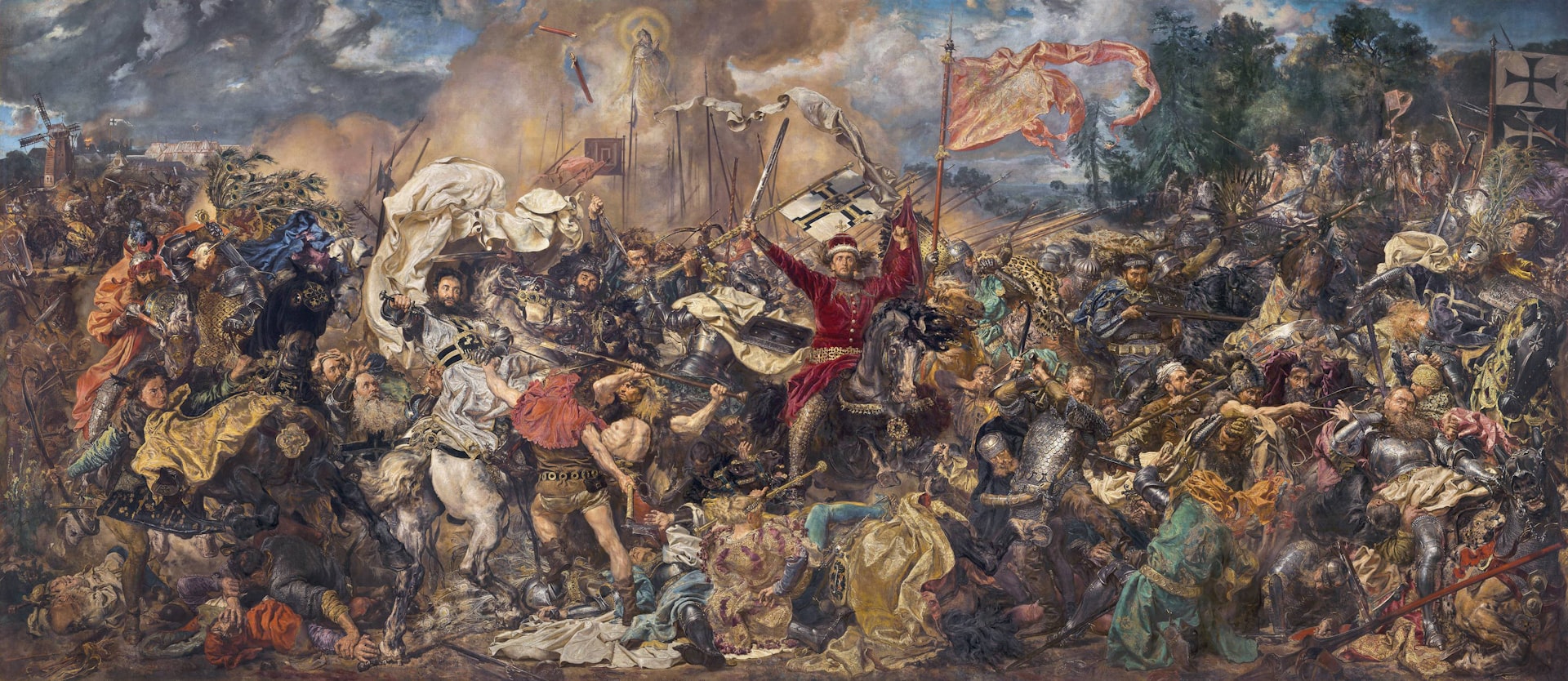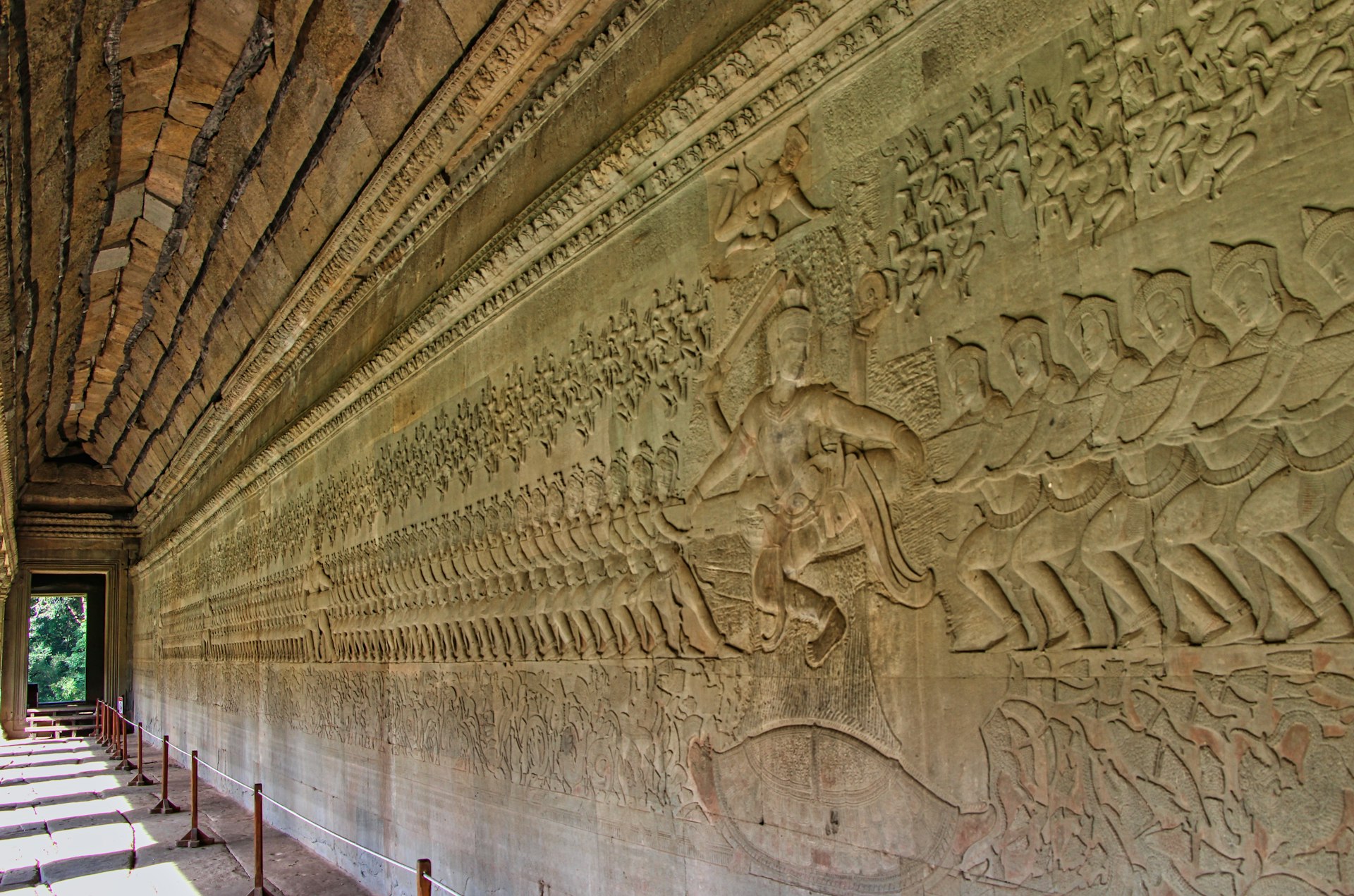The Evolution of Peacekeeping and Conflict Resolution: From Ceasefires to Modern Multinational Operations

Photo by Khrystyna Miskevych on Unsplash
Introduction
Peacekeeping and conflict resolution have become essential tools for managing international disputes, protecting civilians, and fostering sustainable peace. From the earliest attempts at monitoring ceasefires to today’s complex multinational operations, these approaches have evolved in response to shifting global dynamics. This article explores the history of peacekeeping and conflict resolution, offers real-world examples, and provides actionable guidance for those seeking to understand or participate in these critical efforts.
Origins of Peacekeeping: Early Concepts and the United Nations
The concept of peacekeeping as an organized international effort emerged in the aftermath of World War II. The founders of the United Nations (UN) envisioned the organization as a guardian of global peace, yet the original UN Charter did not explicitly mention ‘peacekeeping.’ Instead, the Charter provided the Security Council with the power to investigate, mediate, and, if necessary, take military action to resolve disputes under Chapters VI and VII [2] .
The first formal UN peacekeeping mission began in 1948 with the establishment of the United Nations Truce Supervision Organization (UNTSO) in the Middle East. Its purpose was to observe and maintain the ceasefire after the first Arab-Israeli war. In 1949, the UN created a similar mission in Kashmir, known as the United Nations Military Observer Group in India and Pakistan (UNMOGIP), which continues to operate today [4] [5] .
Cold War Challenges and the Expansion of Peacekeeping
The Cold War presented significant obstacles for peacekeeping. Political tensions between the United States and the Soviet Union often made the UN seem partial or paralyzed its ability to act. Most missions during this period were limited to unarmed observer roles, supplementing ceasefire agreements but rarely intervening in the underlying causes of conflict [5] .
One notable exception was the UN Operation in the Congo (ONUC), launched in 1960, which responded to a complex crisis involving secession, civil war, and foreign intervention. This mission marked a shift toward more robust peacekeeping, including the use of military force in limited circumstances to restore order and protect civilians.
During the Korean War (1950-1953), the UN Security Council authorized a multinational force to repel North Korean aggression, though this was technically a collective security operation rather than a traditional peacekeeping mission. The Korean Armistice Agreement, signed in 1953, ended active fighting but left the conflict formally unresolved [1] .
The Post-Cold War Era: Surge in Multinational Peace Operations
The end of the Cold War in 1989 dramatically expanded the scope of peacekeeping. Freed from superpower gridlock, the UN authorized more missions between 1991 and 1994 than in the previous 45 years combined [2] . These operations included not just monitoring ceasefires but also facilitating elections, supporting new governments, and overseeing demobilization of armed groups.
During the 1990s, the United States and its allies took leading roles in multinational peacekeeping operations under UN or NATO auspices. Examples include:
- The United Nations Operation in Somalia (UNOSOM), where peacekeeping troops were deployed to ensure humanitarian aid delivery amidst civil war.
- Interventions in Haiti to restore elected government and maintain security.
- Major missions in Bosnia and Kosovo to end ethnic violence and support post-conflict reconstruction.
At the same time, the U.S. Department of Defense provided logistical or political support to missions where few or no U.S. troops participated, such as in Cambodia, Angola, Western Sahara, and East Timor [3] .
Modern Peacekeeping Operations: Structure, Challenges, and Developments
Today, peacekeeping missions are typically authorized by the UN Security Council and overseen by the Department of Peace Operations (DPO). Key components include military, police, and civilian personnel, often with explicit mandates to use force to protect civilians under threat [4] .
Modern peacekeeping faces significant challenges:
- Complex Mandates: Missions are now expected to address root causes of conflict, support political transitions, and implement human rights protections.
- Resource Constraints: Funding and personnel shortages can limit effectiveness and slow response to emergencies.
- Host Country Consent: Successful missions require cooperation from local governments and populations, which is not always forthcoming.
- Security Risks: Peacekeepers increasingly operate in active conflict zones, facing threats from armed groups or hostile actors.
Despite these difficulties, UN peacekeepers have contributed to reducing violence, protecting civilians, and supporting post-conflict recovery in dozens of countries. As of 2018, the UN had authorized 71 peacekeeping operations worldwide, with 12 active today [4] .
Conflict Resolution: Approaches and Real-World Application
Conflict resolution encompasses a range of strategies, from negotiation and mediation to arbitration and, when necessary, the use of force. In peacekeeping contexts, conflict resolution often involves:

Photo by Leonhard Niederwimmer on Unsplash
- Facilitating dialogue between parties to reach political settlements.
- Supporting transitional justice and reconciliation mechanisms.
- Helping former combatants reintegrate into society.
For example, in the 1993-1995 Dayton Peace Process that ended the war in Bosnia, international mediators facilitated complex negotiations, while NATO and UN peacekeepers enforced the resulting agreement on the ground. In Sierra Leone, a combination of peace agreements, disarmament programs, and a robust UN mission helped end a decade-long civil war.
How to Access Peacekeeping and Conflict Resolution Resources
If you are interested in engaging with peacekeeping or conflict resolution initiatives, several pathways are available:
- For Individuals: Many peacekeeping missions recruit civilian experts, police officers, and military personnel. You can explore opportunities by visiting the official United Nations Careers portal or searching for “UN peacekeeping job opportunities.” Requirements typically include relevant professional experience, language skills, and willingness to serve in challenging environments.
- For Organizations: NGOs and academic institutions often partner with peace operations to provide specialized expertise in human rights, logistics, or conflict mediation. Consider reaching out to established organizations such as the International Committee of the Red Cross (ICRC), International Crisis Group, or local UN country offices for partnership opportunities.
- For Policymakers: Governments seeking to contribute troops or resources can engage directly with the UN Department of Peace Operations or through regional organizations such as the African Union or European Union, which maintain their own peacekeeping frameworks.
To find detailed guidance or current openings, consider searching the official United Nations website for “peacekeeping operations,” “conflict resolution programs,” or “how to become a UN peacekeeper.” You may also consult your government’s foreign affairs or defense department for national programs supporting international peace operations.
Alternative Pathways and Community Engagement
Beyond direct participation in missions, many individuals and organizations contribute to peacebuilding through research, advocacy, and education. Universities offer specialized degrees in international relations, peace studies, and conflict management. Community groups often run local mediation and dialogue programs designed to prevent violence and foster reconciliation.
For those interested in supporting peace initiatives financially or through advocacy, consider verified organizations such as the United Nations Foundation or your country’s official international development agency. Always confirm the legitimacy of any organization before contributing or applying.
Key Takeaways
The history of peacekeeping and conflict resolution demonstrates the international community’s ongoing commitment to managing violent conflict and building lasting peace. While challenges remain, the evolution from simple ceasefire monitoring to multidimensional peace operations highlights both the progress and complexity of this field.
Whether you are a professional, student, or concerned global citizen, numerous pathways exist to learn about, contribute to, or directly participate in these vital efforts. By leveraging official resources, seeking out verified programs, and engaging in community-level initiatives, you can play a role in advancing peace and stability worldwide.
References
- [1] United Nations Command (2020). History of the Korean War – Timeline and Armistice.
- [2] Wikipedia (2007). History of United Nations peacekeeping.
- [3] Naval History and Heritage Command (n.d.). Peacekeeping and Related Stability Operations: Issues of U.S. Military Involvement.
- [4] Wikipedia (2003). Timeline of United Nations peacekeeping missions.
- [5] Cleveland Council on World Affairs (2024). UN Peacekeeping: Background Guide.



